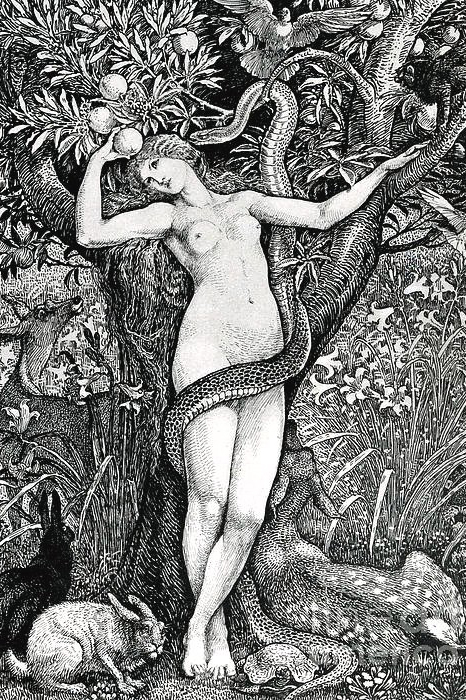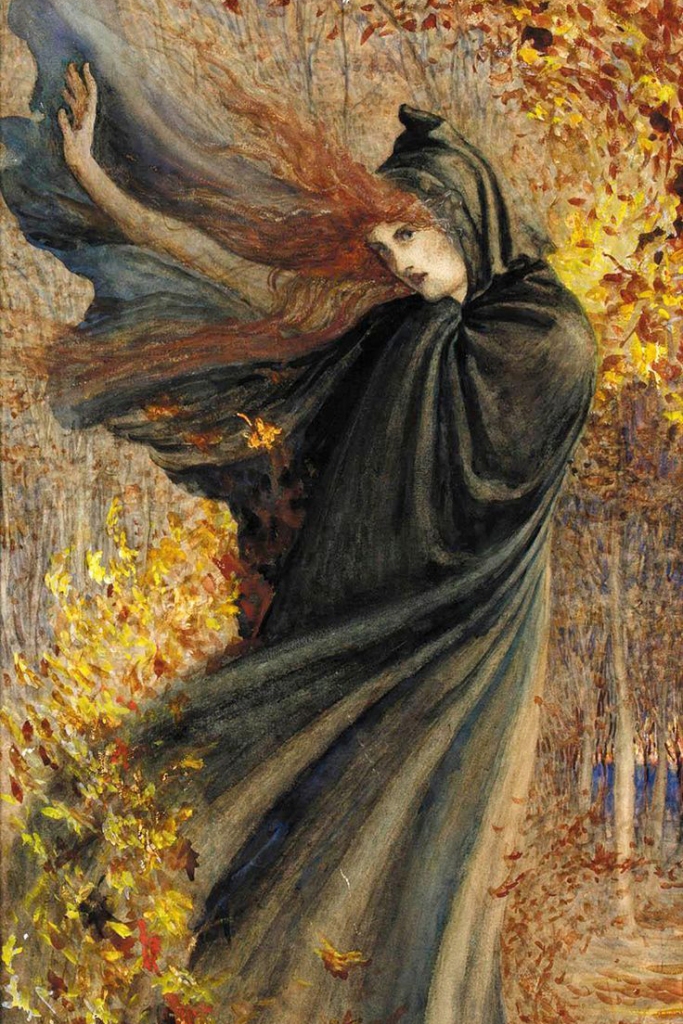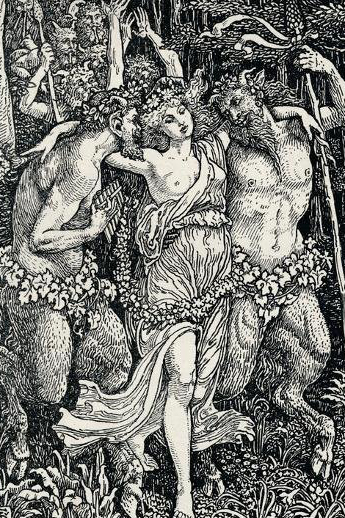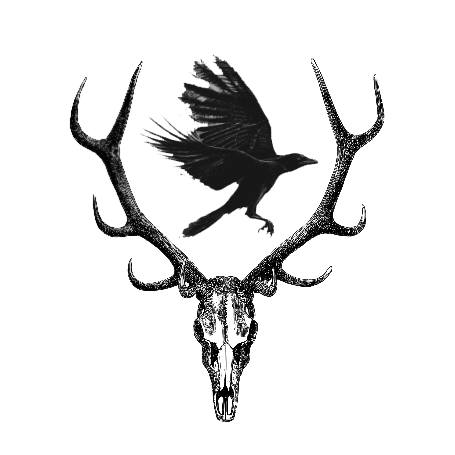All art by Walter Crane, 1845 - 1915

What"is Chaos Magic? Good question. Since it burst upon the magical scene in the late 1700s it has generated a great deal of debate about what it is, what it is not, and who is doing it right - such circular arguments being beloved of occultists, it seems. At this point, it would be tempting to launch into a lengthy discussion of the history of magic leading up to Chaos magic, but instead I'll confine it to a sweeping generalisation and say that before Chaos came kicking and screaming onto the scene, the dominant approach to doing magic (and still is, to a great extent) was the Systems approach.

So what is a magical system? Magical systems combine practical exercises for bringing about change with beliefs, attitudes, a conceptual model of the universe (if not several), a moral ethic, and a few other things besides. Examples of systems are Qabalah, the different Wiccan traditions, The Golden Dawn system of magic with all its grades, costumes, mottos etc, and the increasing number of westernised shamanic paths that are proliferating nowadays. As far as most magical systems go, before you can start to wave your wand around or bounce up and down on your head til you reach enlightenment, you have to spend a good deal of time reading up on the beliefs associated with the system, learning its "do's and don'ts", committing to memory lists of symbols and correspondences, how to talk to your fellow magi, and in some extreme cases, how to dress, walk, and chew gum at the same time. How does this come about?
Well magic, like some of the great religious messages is essentially simple, but is prey to the process whereby simple ideas become extremely complicated beliefs which can lead you further and further away from doing any magic at all. Weave back through time to somewhere in the paleolithic era to find a tribal shaman sitting on a rock gaping at the visions revealed by a soggy piece of toadstool. Fast-forwards a few millenia and you'll find a Magical System that comprises of several hundred- thousand words, obscure diagrams and appendices which will probably state at some point, that drugs are a no-no.

The birth of Chaos magic came about in the late 70's, at about the time that punk rock was spitting out at the music industry and Chaos Science was beginning to be taken seriously by mathematicians, economists, and physicists. The two names most associated with the birth of Chaos magic are Pete Carroll and Ray Sherwin, though there were others lurking in the background, such as the Stoke Newington Sorcerors (SNS) who later became entwined with the first stirrings of the Punk movement. Some of Pete Carroll's early writings on Chaos was published in The New Equinox, published by Ray Sherwin, in which the first adverts proclaiming the advent of the Illuminates of Thanateros (IOT) magical order appeared. Interestingly enough, there is no mention of the term chaos in the earliest versions of IOT material.Ray Sherwin's Morton Press then issued Pete Carrolls Liber Null, and Sherwin's own The Book of Results, which expounded the very practical method of Sigilisation as developed by Austin Osman Spare, which has become one of the core techniques associated with Chaos magic.
The early growth of Chaos magic was characterised by a loose network of informal groups who came together to experiment with the possibilities of the new current. With the demise of The New Equinox, the chaos kids reported their results and heresies in the pages of Chris Bray's new magazine, The Lamp of Thoth. The early Chaos books were joined by two tapes The Chaos Concept which discussed the basics of Chaos magic, and The Chaochamber, a science-fiction pathworking which combined elements of Star Trek, Michael Moorcock, and H.G. Wells. Chris Bray's Sorceror's Apprentice = Press then re-released, Liber Null, The Book of Results, as well as two new books, Pete Carroll's Psychonaut, and Ray Sherwin's The Theatre of magic. These, together with articles from the growing Chaos corpus in the LOT, drew more people into experimenting with the new approach. Thanks to the efforts of Ralph Tegtmeier, the Chaos approach was also receiving attention in continental Europe.

The basic message of Chaos magic is that, what is fundamental to magic is the actual doing of it - that like sex, no amount of theorising and intellectualisation can substitute for the actual experience. Pete Carroll's Liber Null, therefore, presented the bare bones of the magical techniques which can be employed to bring about change in one's circumstances. Liber Null concentrated on techniques, saying that the actual methods of magic are basically shared by the different systems, despite the differing symbols, beliefs and dogmas. What symbol systems you wish to employ is a matter of choice, and that the webs of belief which surround them are means to an end, rather than ends in themselves (more of which later).
An important influence on the development of Chaos magic was the writing of Robert Anton Wilson & co, particularly the Discordian Society who revered Eris, the Greek goddess of Chaos. The Discordians pointed out that humour, clowning about and general light-heartedness was conspiciously absent from magic, which had a tendency to become very serious and self-important. There was (and to a certain extent remains) a tendency for occultists to think of themselves as an initiated elite as opposed to the rest of humanity.

Unlike the variety of magical systems which are all based in some mythical or historically-derived past (such as Atlantis, Lemuria, Albion, etc), Chaos magic borrowed freely from Science Fiction, Quantum Physics, and anything else its practitioners chose to. Rather than trying to recover and maintain a tradition that links back to the past (and former glories), Chaos magic is an approach that enables the individual to use anything that s/he thinks is suitable as a temporary belief or symbol system. What matters is the results you get, not the authenticity of the system used. So Chaos magic then, is not a system - it utilises systems and encourages adherents to devise their own, giving magic a truly Postmodernist flavour.
Needless to say, Chaos magic began to acquire a sinister reputation. This was due to three factors; firstly that its "picknmix/D.I.Y" approach to magic was frowned upon by the traditionalist schools, secondly that many people associated chaos with anarchy and other negative associations, and thirdly that some Chaos magic publications were hyped as being blasphemous, sinister, and dangerous in a way that they were not, which proved all the same to be an attractive glamour for those who required such a boost to the ego.
...to be continued.
Written by Phil Hine

